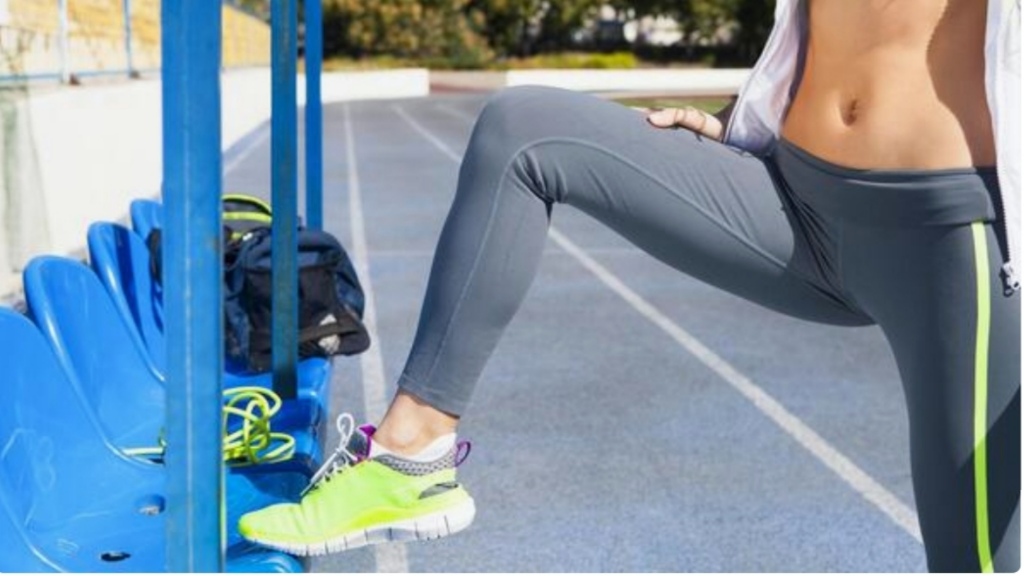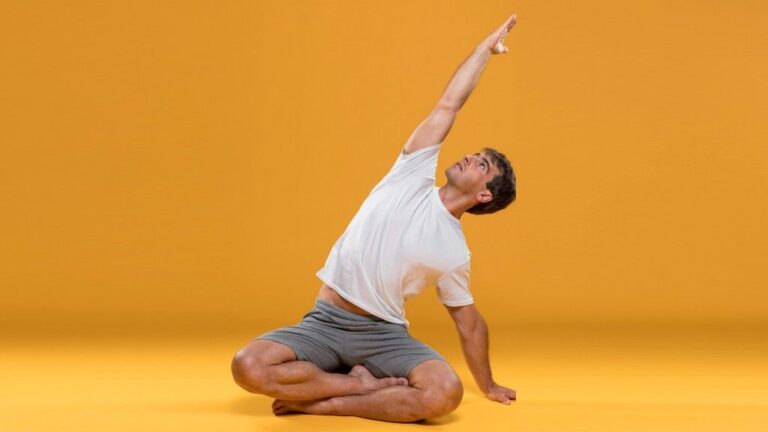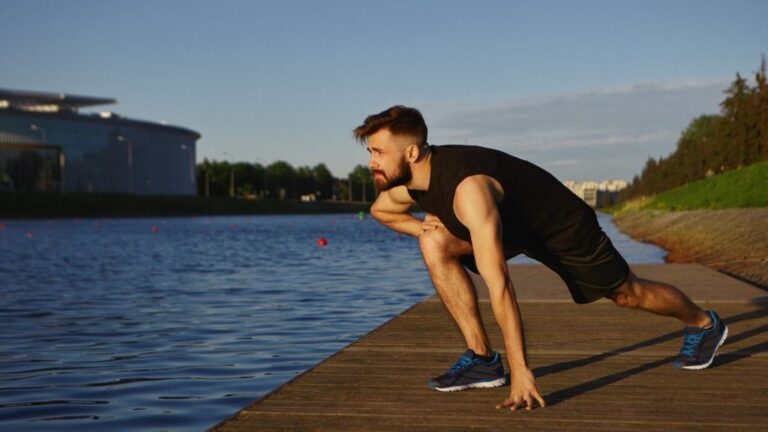4 Bad Exercise Habits Killing Your Leg Strength – Strong legs are essential for staying active, independent, and ready to tackle outdoor adventures—whether that’s hiking rugged trails, biking scenic routes, or simply keeping up with your grandkids.
The problem? Many well-meaning gym-goers unknowingly sabotage their leg workouts with habits that limit strength gains, increase injury risk, and stifle progress. Let’s break down four common mistakes—and how fixing them can help you build stronger, more resilient legs.
Table of Contents
Mistake #1: Skipping Warm-Ups
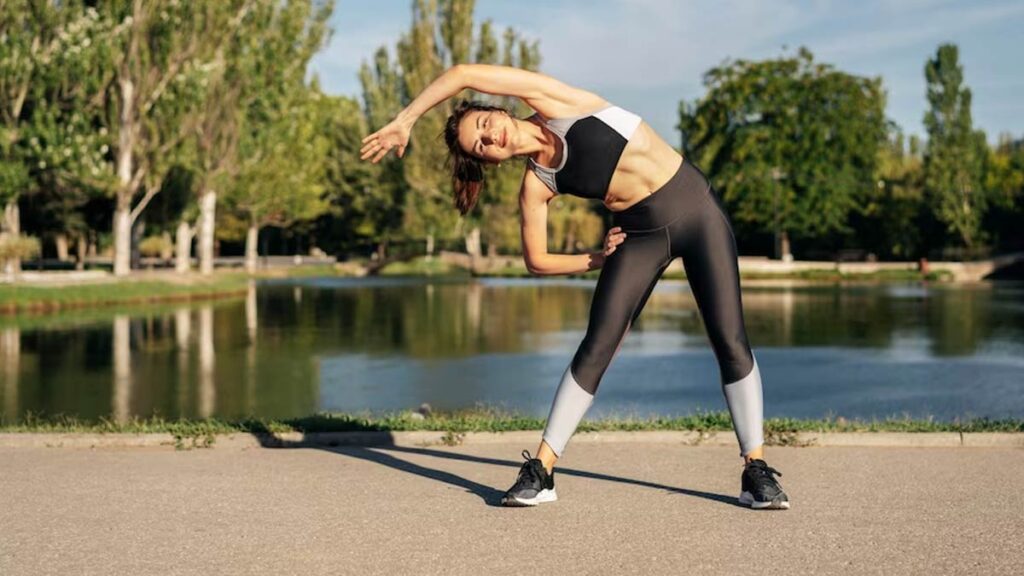
You’ve probably heard this before, but it bears repeating: jumping straight into heavy lifts without warming up is a recipe for disaster. “Cold muscles are like stiff rubber bands—they’re more prone to tears,” explains Dr. Sarah Collins, a sports medicine physician. “A proper warm-up increases blood flow, enhances mobility, and prepares your nervous system for the work ahead.”
Also Read: 7 Fun & Effortless Ways To Stay Fit Without Working Out
The Fix:
Start with dynamic stretches or light cardio to get your body primed. Try five minutes on a stationary bike, brisk walking, or bodyweight exercises like air squats and leg swings. Certified personal trainer Jake Reynolds recommends adding activation drills, such as glute bridges or monster walks with resistance bands, to wake up key muscle groups.
Why It Matters: A solid warm-up not only reduces injury risk but also improves performance. Studies show that warming up can enhance power output during strength training, helping you lift heavier and move better.
Mistake #2: Overloading Weight Too Soon
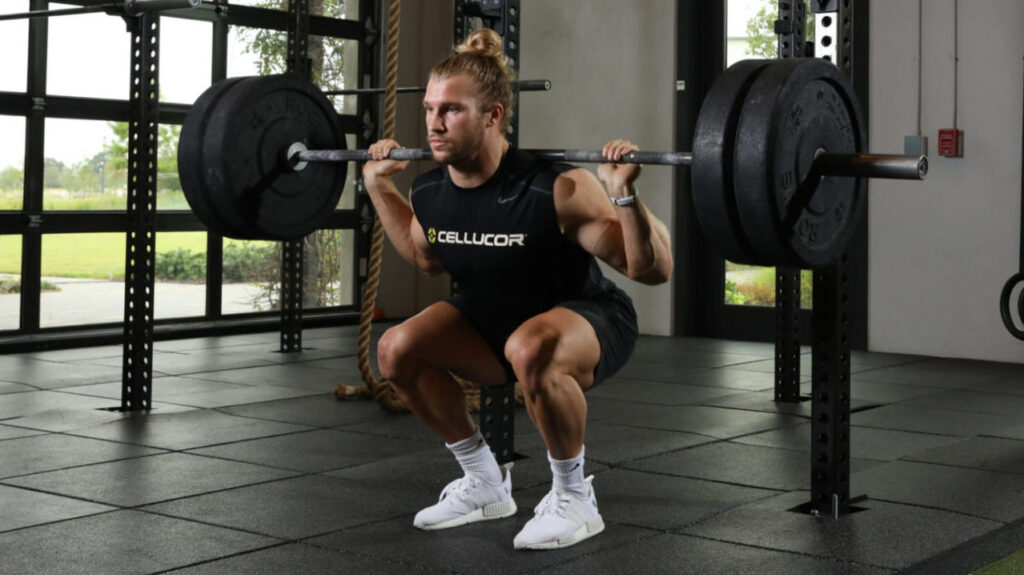
There’s nothing wrong with ambition, but loading up the barbell before mastering proper form is a fast track to injury. “Lifting too heavy too soon compromises technique, which shifts stress onto joints and ligaments instead of targeting the intended muscles,” says Reynolds. This mistake often leads to knee pain, lower back strain, or even serious injuries like herniated discs.
The Fix:
Focus on nailing your form with lighter weights first. For example, practice goblet squats with a dumbbell or perform Bulgarian split squats using just your bodyweight until you feel confident in your mechanics. Gradually increase weight only when you can maintain perfect alignment—from head to heel—throughout each rep.
Also Read: Top 7 Core Exercise for a Stronger Female Body
Why It Matters: Proper form ensures that you’re engaging the right muscles, maximizing efficiency, and minimizing wear-and-tear on your joints. Plus, building a strong foundation now sets you up for bigger gains later.
Mistake #3: Neglecting Unilateral Exercises
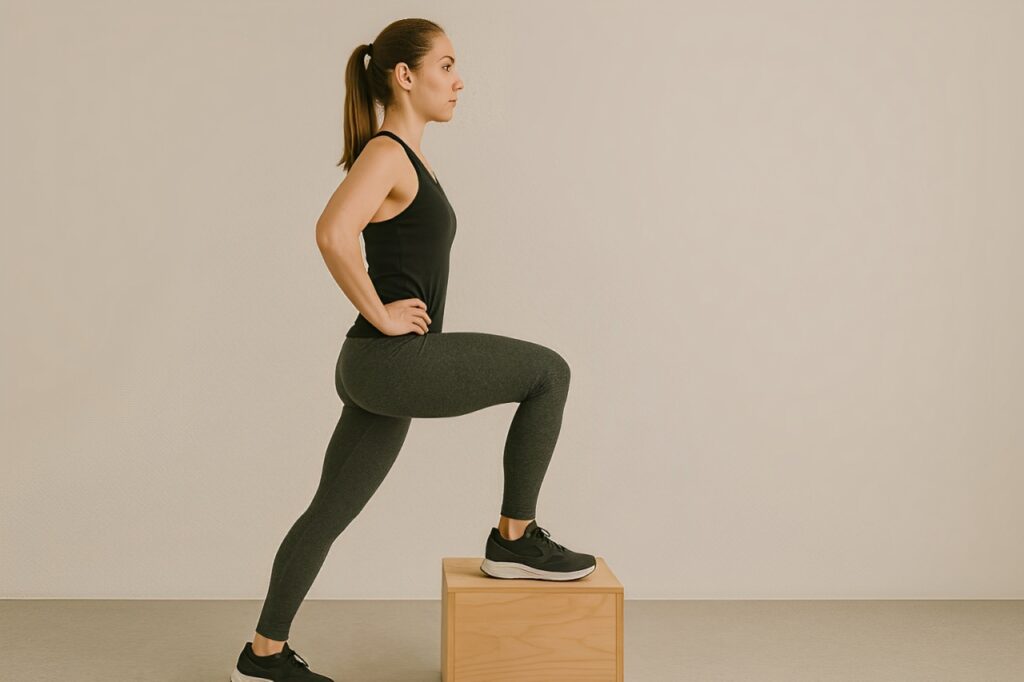
Squats and deadlifts are fantastic compound movements, but they shouldn’t be the only tools in your leg-day arsenal. Focusing solely on bilateral exercises (both legs working together) can lead to muscular imbalances, which increase injury risk and hinder overall performance. “Unilateral exercises force each leg to work independently, correcting asymmetries and improving stability,” notes Dr. Collins.
The Fix:
Incorporate unilateral moves like single-leg Romanian deadlifts, step-ups, or pistol squats (scaled if needed). These exercises challenge balance and recruit stabilizing muscles that are crucial for outdoor activities like hiking or trail running.
Why It Matters: Stronger, balanced legs mean better agility and resilience against uneven terrain. Whether you’re navigating rocky paths or climbing steep inclines, unilateral strength will keep you steady and confident.
Mistake #4: Ignoring Recovery

Pushing yourself hard is admirable—but neglecting recovery is counterproductive. “Muscles don’t grow during workouts; they grow during rest,” says Reynolds. Overtraining without adequate recovery can lead to fatigue, plateaus, and overuse injuries like tendonitis or shin splints.
Also Read: 5 Best Exercises To Help You Poop Naturally and Fast
The Fix:
Prioritize recovery strategies like foam rolling, stretching, and sleep. Active recovery sessions—such as yoga, swimming, or a brisk walk—are also great for flushing out lactic acid and loosening tight muscles. Don’t forget nutrition! Consuming protein-rich foods within 30 minutes post-workout helps repair and rebuild muscle tissue.
Why It Matters: Adequate recovery boosts muscle growth, prevents burnout, and keeps you consistent in the long run. After all, consistency is key to achieving lasting results.
Stronger Legs, Better Life
By addressing these common pitfalls, you’ll set yourself up for stronger, healthier legs that support your active lifestyle. Correcting poor habits doesn’t just make you stronger—it future-proofs your body, ensuring you stay agile and injury-free as you age.
“Leg strength is foundational for functional fitness,” says Dr. Collins. “It impacts everything from walking upstairs to carrying groceries to exploring the great outdoors. Take care of your legs, and they’ll take care of you.”
So next time leg day rolls around, approach it with intention. Warm up properly, prioritize form, mix in unilateral exercises, and give yourself time to recover. Your quads, hamstrings, and calves will thank you—and so will your adventurous spirit.

